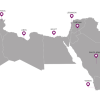Class 10 includes a wide variety of medical apparatuses, equipment, and supplies. These products range from rehabilitation tools and veterinary supplies to artificial organs and much more like Surgical, medical, dental and veterinary apparatus and instruments; artificial limbs, eyes and teeth; orthopedic articles; suture materials; massage apparatus; apparatus, devices and articles for nursing infants; sexual activity apparatus, devices and articles. Generally, if your product has a medical purpose, it will fall under Class 10.
Examples for the Top ten applicants who file trademarks on class 10 internationally
1– NUVENT
2- ACI Medical
3- Hyperice
4- Narang Medical
5- PhysioCue
6- Vigor Therapy Equipment
7- Zynex
8- Reveille DME
9- Kinex Medical company
10- METASTAT
Some famous brands from the region explained and illustrated in class 10 include; Arab Uniform (MEDICAL CLOTHING), EgyMedica (Medical equipment).
Commonly confused Goods:
Although many medical supplies are included in Class 10 but there are a few specific items that are covered by other classes, These items include:
- Medical dressings such as bandages and gauze for dressing (Class 5)
- Sanitary absorbent products such as tampons, nursing pads, and materials for incontinence (Class 5)
- Diagnostic preparations for medical purposes, such as preparations used to determine whether a patient has developed a hypersensitivity to a certain type of organisms (class 5)
- Surgical implants made of living tissue (Class 5)
- Tobacco-free cigarettes for medical purposes or e-cigarettes (Class 5 and Class 34)
- Wheelchairs and mobility scooters (Class 12)
- Massage tables and hospital beds (Class 20)
When thinking of the Class 10 trademark classification, one should keep in mind that the class has multiple overlapping products with goods from class 5,42,44,45 Therefore, these classes are said to be coordinated classes with the highest risk of potential confusion. To ensure you are choosing the right class for your trademark, before you protect under class 5 make sure to rule out all the coordinated classes –
- Class 5 – Pharmaceuticals, medical and veterinary preparations; sanitary preparations for medical purposes; dietetic food and substances adapted for medical or veterinary use, food for babies; dietary supplements for human beings and animals; plasters, materials for dressings; material for stopping teeth, dental wax; disinfectants; preparations for destroying vermin; fungicides, herbicides.
- Class 42 – Scientific and technological services and research and design relating thereto; industrial analysis, industrial research and industrial design services; quality control and authentication services; design and development of computer hardware and software.
- Class 44 – Medical services; veterinary services; hygienic and beauty care for human beings or animals; agriculture, aquaculture, horticulture and forestry services.
- Class 45 – Legal services; security services for the physical protection of tangible property and individuals; personal and social services rendered by others to meet the needs of individuals.
Medical vs. Non-Medical Goods
- “It is sometimes difficult to determine whether certain apparatus and instruments are classified in Class 9 or Class 10. While photographic, optical, measuring, testing, and scientific apparatus and instruments are generally classified in Class 9, surgical, medical, dental, or veterinary apparatus and instruments used for the diagnosis, treatment, or improvement of function or condition of persons or animals are generally classified in Class 10. Certain goods could be classified in both classes, with appropriate wording, depending upon their use. For example, thermometers are commonly used for both medical and non-medical purposes. Thermometers for medical use are in Class 10 because they function as medical instruments, while thermometers other than for medical use, such as meat thermometers, are in Class 9 because they function as measuring apparatus. While both items measure temperature, they are usually very different in nature and classified in different classes based on their specific uses”.
- “Goods should be specified as being for surgical, medical, dental, or veterinary use only when the items could be in a class other than Class 10 when not for surgical, medical, dental, or veterinary use. When goods, like thermometers, are commonly used for both surgical, medical, dental, or veterinary use and non-surgical, medical, dental or veterinary use, it is sufficient to indicate that the goods are “for medical use” or “not for medical use,” as appropriate, to justify the classification. The mere addition of “for medical use” to an identification is not sufficient to justify classification of items in Class 10 if the goods are not directly used for the diagnosis, treatment, or improvement of function or condition of persons or animals”.
- “If an item is normally not classified in Class 10, it is not necessary to specify that it is not for surgical, medical, dental, or veterinary use when it is classified in its normal class. For example, “thread” (without any further specification) is an acceptable identification in Class 23, while “surgical thread” is classified in Class 10 based on its surgical use. To justify classification of goods not commonly used for surgical, medical, dental, or veterinary use in Class 10, the identification must indicate the particular surgical, medical, dental, or veterinary use of the goods in diagnosing, treating, or improving the function or condition of persons or animals”.
- “In addition, the Nice Class Heading for Class 10 includes the wording “therapeutic and assistive devices adapted for the disabled.” The identification must indicate that the goods are “specially adapted” for those particular purposes to justify the classification in Class 10. For example, while “toilets” (without any further specification) are in Class 11, “toilets adapted for medical patients or for use by disabled persons” are in Class 10”.
- In this context, clothes in general are protected under class 25, but when we talk about clothes used for medical purposes, they are protected under class 10.
Therefore, the criterion in whether or not the goods fall under class 10 is that they are used for medical purposes.
Hierarchy of good on class 10;
The EUIPO in collaboration with WIPO have developed a hierarchy of goods and services within a class to link the different products and to make the classification process easier. The hierarchy does not have any legal effect in trademark examination or in the comparison of goods and services; it was only created as an assistive tool.
Class 10 of the Nice classification is divided into the below sub-sections:
PHYSICAL THERAPY EQUIPMENT
- MASSAGE APPARATUS
- PHYSIOTHERAPY AND REHABILITATION EQUIPMENT
HEARING PROTECTION DEVICES
FEEDING AIDS AND PACIFIERS
SEX AIDS
MEDICAL AND VETERINARY APPARATUS AND INSTRUMENTS
- CONTRACEPTIVE DEVICES
- DIAGNOSTIC, EXAMINATION, AND MONITORING EQUIPMENT
– MEDICAL IMAGING APPARATUS
SURGICAL AND WOUND TREATING EQUIPMENT
- SUTURE AND WOUND CLOSING MATERIALS AND PRODUCTS
DENTAL EQUIPMENT
MASKS AND EQUIPMENT FOR ARTIFICIAL RESPIRATION
MEDICAL FURNITURE AND BEDDING, EQUIPMENT FOR MOVING PATIENTS
MEDICAL CLOTHING
PROSTHETICS AND ARTIFICIAL IMPLANTS
- ARTIFICIAL ORGANS AND IMPLANTS
- HEARING AIDS
- DENTAL PROSTHESES
- ORTHOPEDIC AND MOBILITY AIDS
|
MASSAGE APPARATUS
|
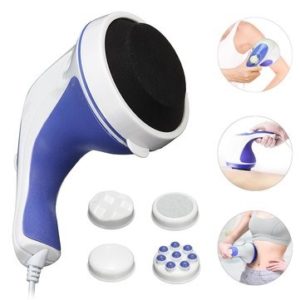 |
 |
|
FEEDING AIDS AND PACIFIERS
|
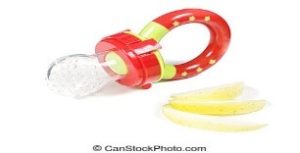 |
 |
|
DIAGNOSTIC, EXAMINATION, AND MONITORING EQUIPMENT
|
 |
|
| MEDICAL
IMAGING APPARATUS
|
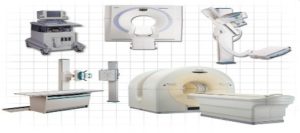 |
|
|
SUTURE AND WOUND CLOSING MATERIALS AND PRODUCTS
|
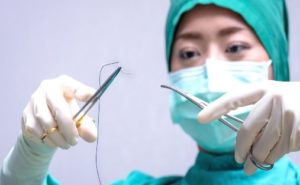 |

|
|
DENTAL EQUIPMENT
|
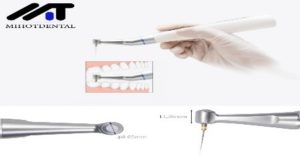 |

|
|
MASKS AND EQUIPMENT FOR ARTIFICIAL RESPIRATION
|
 |
|
|
MEDICAL FURNITURE
|
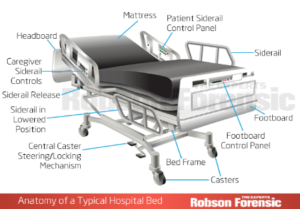 |
|
|
MEDICAL CLOTHING
|
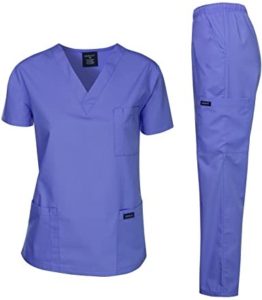 |
|







